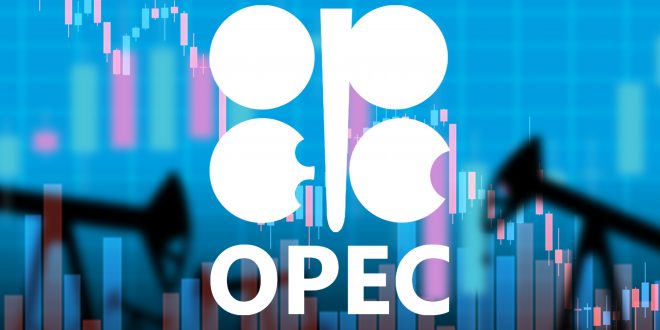Crude oil futures were trading lower on Monday morning, with markets closely watching the results of the two-day meeting of OPEC and its allies, known as OPEC +, in which the next steps for production policy are discussed. The meeting may start at 13:00 GMT Monday.
Russia has not yet reached consensus on oil production policy for 2021, after an initial round of talks on Sunday and before crucial meetings on Monday and Tuesday.
In April, the organization agreed to reduce production by 9.7 million barrels per day, which was reduced again to 7.7 million barrels since August. The current plan is to raise output by 2 million barrels per day in January. Still, the expectation amongst analysts is that it will be put on hold due to the demand decline prompted by renewed movement restrictions and sustained increases in virus cases.
US crude and Brent crude futures rose more than 7% last week; this was driven by optimistic news about the Corona vaccine from 3 different sources, stable demand from Asia in addition to the weak US dollar and the easing of political uncertainty that was surrounding the results of the US elections As Joe Biden begins the transition process.
Now it remains to be seen whether oil prices will remain close to $50 a barrel or drop again to 40, all depends on the results of the OPEC meeting. Brent crude futures now stand at $ 48.18 a barrel, with U.S. West Texas Intermediate futures at $ 45.52.
The sources said OPEC + is now considering extending the current cuts of 7.7 million barrels per day, or about 8% of global demand, to the first months of 2021.
Initial consultations Sunday, November 29, between ministers in major countries, including Saudi Arabia and Russia, did not reach an agreement on the term of the extension.
The sources said that the talks are now focusing on extending the cuts from three to four months or on a gradual increase in production.
Although oil demand in Asia is returning to post-pandemic levels, it is still very far away in Europe and America, which puts OPEC in a dilemma to balance demand and supply.
The ideal for oil bulls is an agreement to cut 7.7 million barrels per day for another 6 months, but the wind does not blow as the vessels desire. This may result in losing market share in favour of shale oil producers in the United States, as the number of oil rigs in America has increased steadily since mid-September, and the higher the prices, the greater the number of rigs. In the week ending November 25, the number of oil rigs in the United States reached 320 from only 244 in mid-September.
Another aspect that puts OPEC in trouble is that the recovery of demand for vehicle and road fuel for aviation fuel is still very slow. OPEC cannot target a certain degree of oil but crude oil in general.
Questions are being raised about a member of OPEC, Libya, which insists it will not be part of any efforts to limit production until it reaches a production of 1.75 million barrels per day. Results of Opec+ Meeting could keep prices around the high $40’s for December and possibly mid $ 50’s in the first quarter of next year. Any surprises would deliver a negative shock.
 Noor Trends News, Technical Analysis, Educational Tools and Recommendations
Noor Trends News, Technical Analysis, Educational Tools and Recommendations





